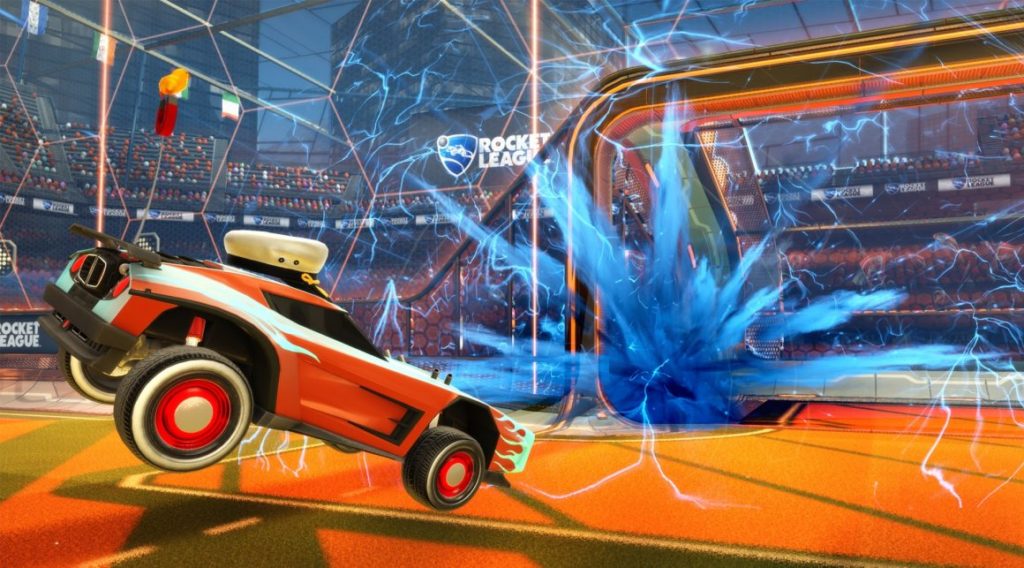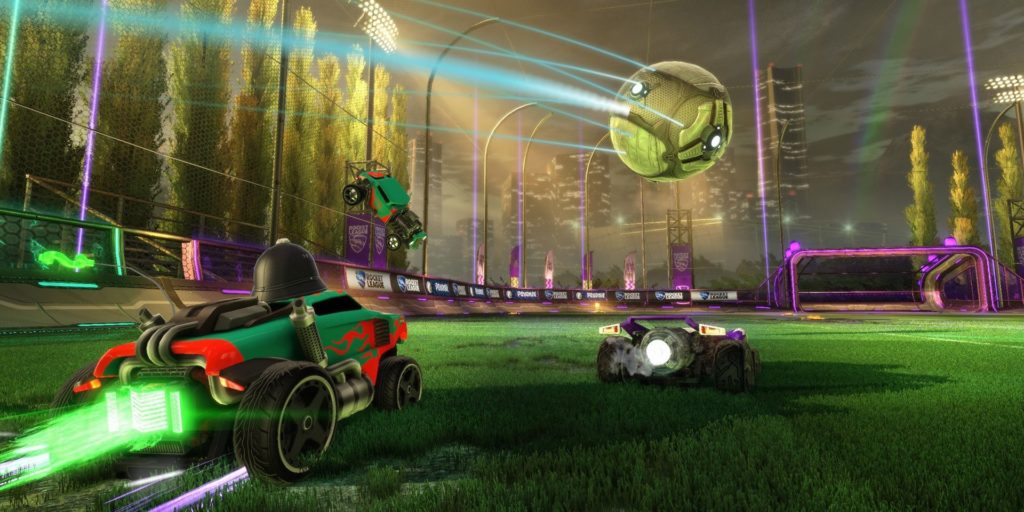This article is part of a collaboration with iQ by Intel.
While being an indie designer remains a gamble, experts prove the right tools and mindset can make a difference.
The car-soccer game Rocket League’s beta version launched in April 2015 with low expectations. Rocket League was a seemingly ill-fated sequel to a title that developer Psyonix released seven years earlier — the unruly titled, Supersonic Acrobatic Rocket-Powered Battle-Cars (2008), which had limited success. To prepare for Rocket League, Psyonix had its servers ready to handle up to 10,000 online players simultaneously. But when 180,000 joined the game, their servers computers came crashing down, bringing gameplay to a halt.
“In retrospect, we could have better prepared for the influx of players that melted our servers,” admitted Corey Davis, Psyonix’s design director. Learning from such failures, Davis said, is key. Rocket League became an overnight indie success. It raked in over $110 million in sales with a team of no more than twenty people. To reach success, the Psyonix team overcame many obstacles facing indie designers eager to hit the big time. Independent game studios are born out of big dreams. But traversing the Wild West of game design also means navigating the technical world of business, from revenue streams to marketing.
While some grants like Intel’s Level Up Game Developer Contest can help with obstacles like quality assurance testing, indies remain largely on their own in terms of making their games profitable. Here are a few tips on the right tools and mentality Psyonix, Vlambeer, and other independent developers have learned along the way.
TIP 1: Follow the “minimum sustainability model” to budget for success – and failure
Psyonix used a business model that gave its team “multiple chances at success.” In other words: plan for failure. Making a game is risky and, to keep the lights on, indies need to generate stable revenue. Daniel Cook of Spry Fox termed it the “minimum sustainability model,” which suggests that studios sort all their projects into a revenue stream based on the success rate of previous projects, the size of each prototype, and their variability in potential profits.
Teams like Acid Nerve from critical hit Titan Souls (2015) and Le Cartel of the beloved Mother Russia Bleeds suggested Google Drive and Slack for maintaining clear communication on these fronts. The process of figuring out what works for a specific studio’s talents is a long game, but worthwhile, according to Davis. It took Psyonix ten years of contract work with big publishers before they found the “moderate success needed to reach the point we’re at now,” Davis said. The sustainable income gave them the freedom to work on passion projects, one of which became Rocket League.

TIP 2: Use automated systems to communicate with the press
Small teams are always pressed for time, with each member wearing multiple hats. That’s why Rami Ismail, one-half of indie developer Vlambeer, is dedicated to creating automated tech solutions for one of his biggest headaches: dealing with press. Presskit() is now widely accepted as the go-to template for indies. It’s free and centralizes the essential information about their game onto a single web page. Whether it’s giving streamers the go-ahead to monetize footage, supplying hi-res images, or providing Google Analytics integration, Presskit()’s utility is proven by its ubiquity.
The service’s tagline, “spend time making games, not press,” adequately summarizes its major contribution to the developer community. After transforming the way indies did PR, Ismail moved on to automating review distribution with Distribute(). Working hand-in-hand with Presskit(), it provides other PR solutions like sending review codes and prioritizing press reach outs. “The biggest challenge for indies is not knowing what they don’t know,” said Ismail. “Presskit() and Distribute() are intentionally built to train people to think in specific ways.”
That is, these tools are designed around questions that are supposed to help creatives like indie designers see their game like a marketer would. Most importantly, it’s easy, and lets developers quickly get back to doing what they do best: making games.
Tip 3: Be smart when launching
Working during the height of the indie game movement is both a blessing and a curse. While the scene is hungry for titles, it’s harder than ever to stand out in the endless sea of new releases on Steam. Intel’s Product Marketing Engineer, Mitchell Lum, explained that due to the algorithms used by distributors like Steam, indies are doomed to digital obscurity if people don’t click and buy their game shortly after launch. “Within a short window of time, maybe an hour or so, you’ve either fallen into the abyss or are standing on a pile of money,” Lum said.
“Indie devs hit a real wall in finding visibility on any marketplace,” agreed Luke Burtis of TinyBuild, a publishing house for and by indies. Psyonix used a simple trick to combat the indie market’s oversaturation: it launched in the summer, during the biggest lull in game releases.
TIP 4: Try to build an audience before launch, not after.
Another tactic is launching with an already established audience. While some indies have the resources for a publisher with marketing capabilities, others are getting creative in how they get the word out. Psyonix didn’t spend a single dime on traditional marketing. Instead, they attribute Rocket League’s success to its naturally viral gameplay. During its beta, the fun and ridiculous antics of car-soccer translated perfectly into the GIF format. Once Reddit got a hold of some, word spread like wildfire.

The multiplayer arena game Streamline takes a similar approach by embedding shareability into its design. Created by Proletariat, it’s specifically geared for Twitch broadcasters, giving them the opportunity to actually play the game with fans on their stream. Viewers vote to determine the game’s rules, special abilities, maps, and characters. “Having that shared experience of social video makes the game practically distribute itself,” explained CEO Seth Savik.
TIP 5: Invest in online gameplay
While an online component adds the cost of server computer performance, both Psyonix and Proletariat agree that the benefits far outweigh the cost. They recommend Google App Engine and Amazon Web Services, respectively, for scaling up. Tapping into cloud services for needed computer performance can help indies handle an unexpected surge simultaneous online players.
Savik says it’s hard to plan for, but rigorous scale-testing is the best plan for success. Davis insisted that, for input and latency-sensitive games like Rocket League, managing a dedicated server internally is a “must” to ensure quality. As these indie stars admit, the success of any game is a unique journey rather than a repeatable process. “There’s a lot of luck involved,” said Davis. “There’s no guarantee that your first or second game will be a hit. Your goal should be to make quality products and find the right audience.”
